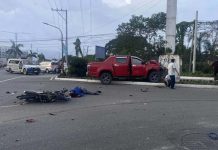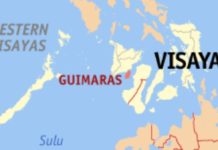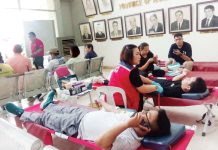
WHILE the nation has yet to fully grapple on the surging COVID-19 cases, we cannot exclude other dire ramifications of the pandemic, including the disconcerting rise of cases of violence against children (VAC), in our comprehensive pandemic response plan. While children’s rights groups have monitored increasing VAC cases before the onslaught of the pandemic, several factors that came with the community quarantines – including limited mobility – grossly compounded the situation and exacerbated cases of VAC at home.
A series of disturbing VAC cases were reported in the past days, including a case where a father tucked his child into a sack supposedly to discipline him, only to result in the child’s death from suffocation. On April 20, police also reported that an 18-year-old mother committed homicide when she repeatedly struck her baby with a rattan stick to pacify him, eventually killing the baby. Another case involves a 12-year-old boy in Pasay City who died after suddenly falling and losing consciousness after getting chased by barangay tanods in his area, supposedly because the boy was violating community quarantine rules for playing outside. In Lucena City, yet another VAC case was reported, involving the repeated rape of a 12-year-old there by her father, which eventually impregnated the girl.
These series of worrying incidents highlight how children are proving to also be bearing the brunt of the economic hardships brought about by the long-running community quarantines. Often, child abuse happens at home and we fear that such cases are being underreported as a result of restricted mobility, violent discipline as a social norm, inactive child protection systems, and lack of awareness on how to report abuse cases.
Child Rights Network, the broadest alliance of children’s rights organizations and advocates in the country, called on the national government to ensure proper and timely implementation of child protection measures and positive parenting campaigns in the pandemic response plan. Specifically, the Committee for the Special Protection of Children, helmed by the Department of Justice, and the Department of Social Welfare and Development must work with the local government units’ Local Councils for the Protection of Children and the Philippine National Police’s Women and Children Protection Desk to heighten protection efforts for children, intensify their information campaign against VAC, and work toward a whole-of-community approach to guarding children against abuse and reducing stressors that lead to such incidents.
One way to strengthen child protection at the local level is to capacitate Barangay Councils for the Protection of Children to enable them to quickly recognize, report, and refer identified cases for immediate action.
All hands must be on deck. While food, medicine, and other essential goods are indeed needed by our people, many also need child protection as well as psycho-social support and guidance for positive parenting. The public and private spheres of society should volt in and ensure that we could widen the mantle of protection for our children at the most immediate time.





